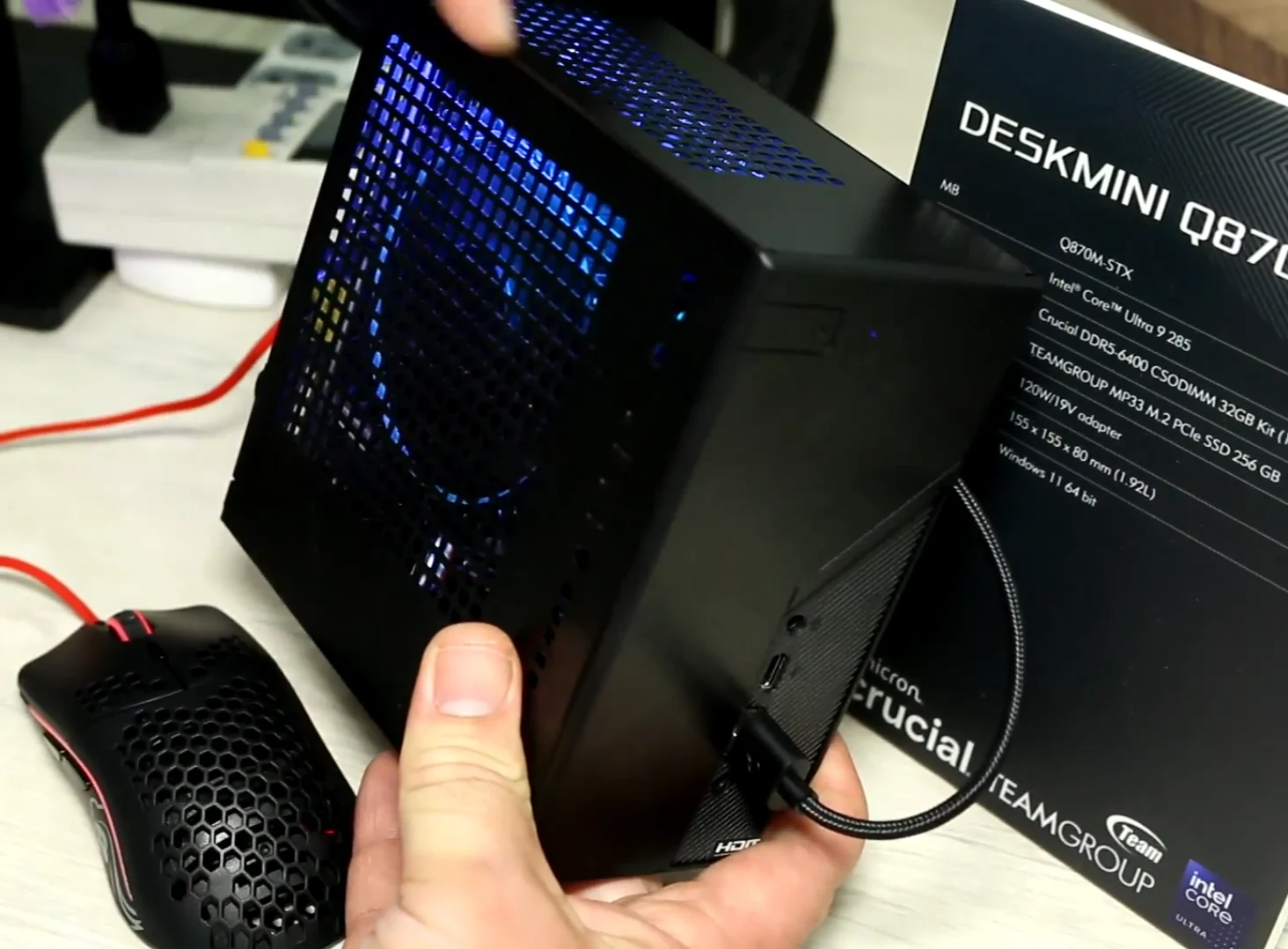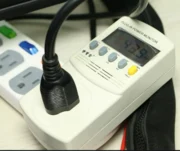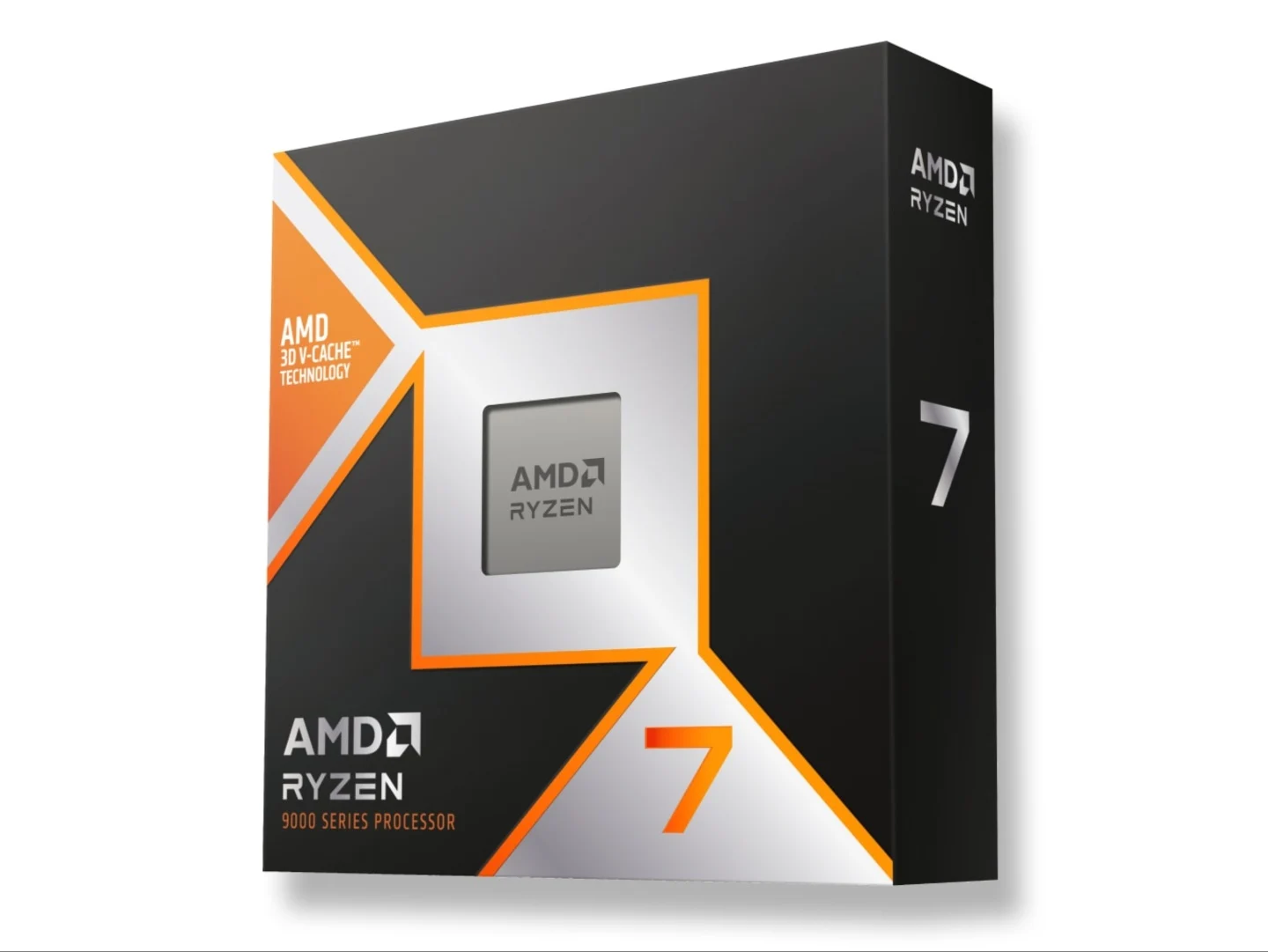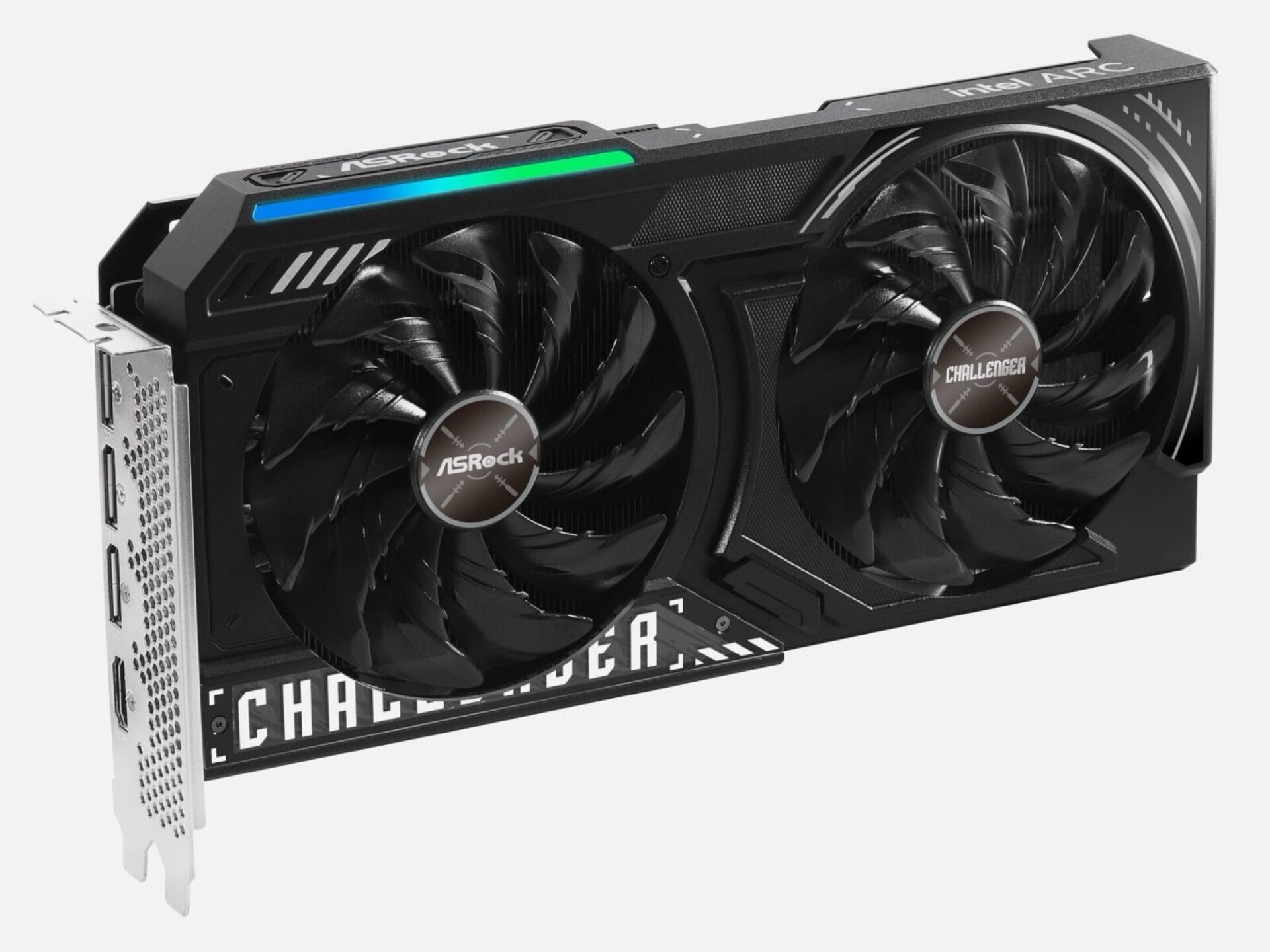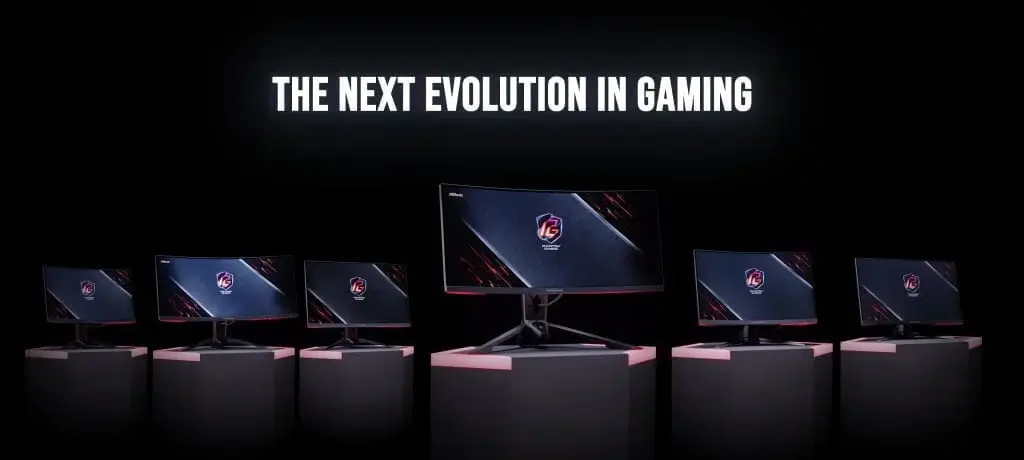Key Takeaways
1. Incidents of damage to Nvidia’s RTX 50 series GPUs are linked to the new 12VHPWR power cable design.
2. ASRock has introduced a new 12V-2×6 power cable with an L-shaped connector and built-in NTC sensor for better protection.
3. AMD continues to use the traditional 8-pin connector for its reference model, while some partners have adopted the newer 12VHPWR design.
4. The new ASRock cable can handle up to 600W and is designed to prevent sharp bends at the GPU end.
5. The NTC sensor in the cable only works with ASRock power supply units, limiting its functionality with other brands.
There have been a number of incidents involving damage to Nvidia’s RTX 50 series GPUs, often linked to either the PSU or the GPU itself, with the new 12VHPWR design being blamed. After the power cable for the Radeon RX 9070 XT GPU melted, ASRock took action and introduced a new cable designed to enhance protection against such issues. This new 12V-2×6 cable features an L-shaped connector along with a built-in NTC sensor.
AMD’s Design Choices
AMD has opted not to adopt this new design, sticking to the traditional 8-pin connector for its reference model. However, some partners, like ASRock, have embraced the newer 12VHPWR connector. While this connector simplifies the setup by combining three cables into one, it has also faced similar issues, affecting certain Nvidia RTX 50 series GPUs. Recently, a Reddit user reported that the power cable connector for their ASRock Radeon RX 9070 XT Taichi OC card melted at the GPU end, but thankfully, the connector on the card itself remained intact.
ASRock’s New Solution
It seems ASRock was already preparing for this situation, as they have launched the 12V-2×6 power cable featuring a NTC sensor and an L-shaped design. The NTC sensor tracks the temperature and relays information to the PSU for safe functioning. However, this feature is exclusively compatible with ASRock Taichi and Phantom Gaming PSUs. The new cable is also compatible with 12VHPWR connectors and can handle up to 600W.
The L-shaped design helps prevent the cable from bending at sharp angles at the GPU end, while also lending a neater appearance to the overall build. The connectors are colored green and utilize 16 AWG (American Wire Gauge) size, along with HCS (High-Current System) terminals made from 94V-0 plastic. ASRock provides a 2-year limited warranty, assuming there are no user mistakes, such as inserting the connector incorrectly. The green pins should aid in visibility, helping to ensure they are fully inserted.
Compatibility and Limitations
Though the cable is compatible with all PSUs, the interaction between the NTC sensor and the PSU is restricted to ASRock models only.
Source:
Link






